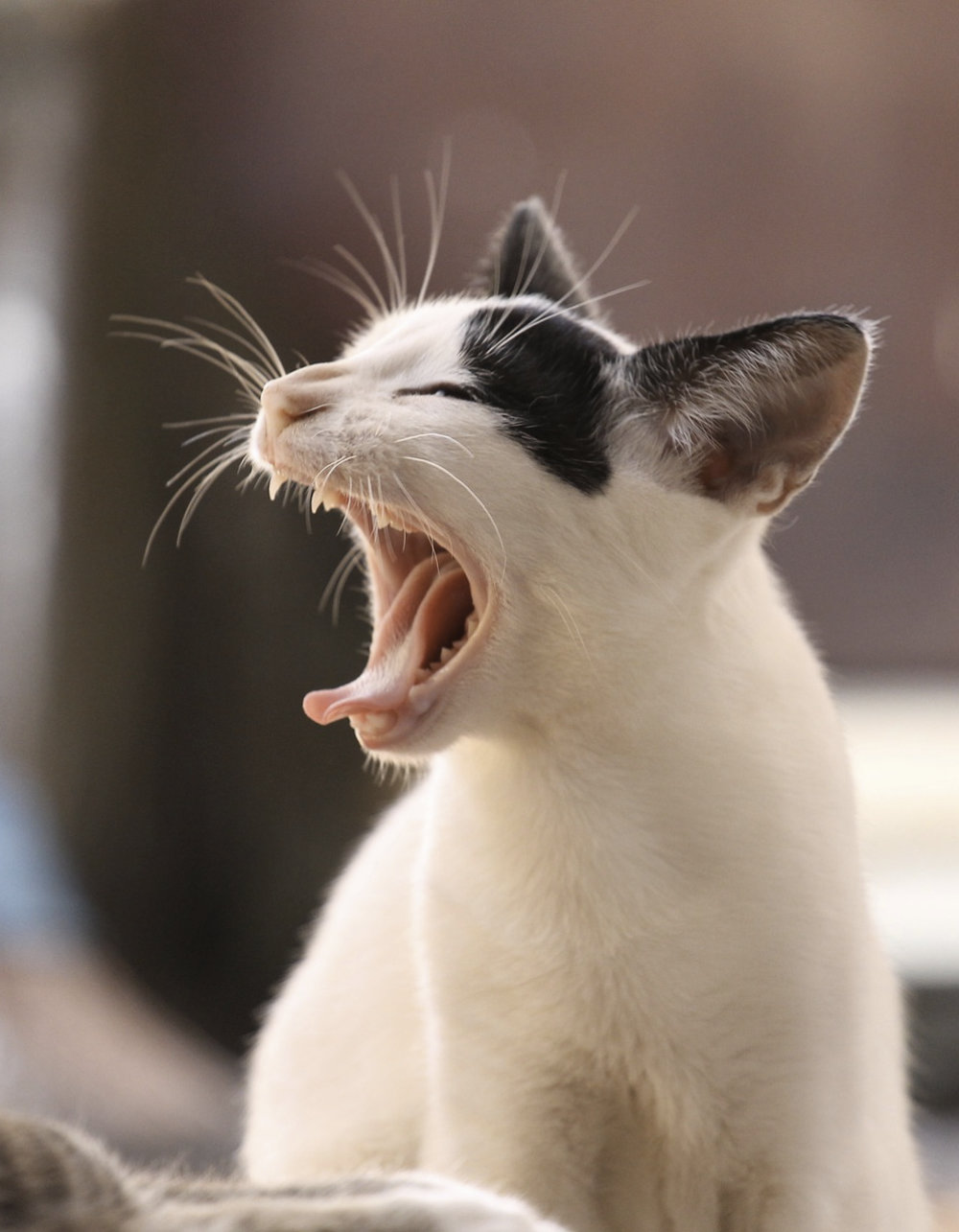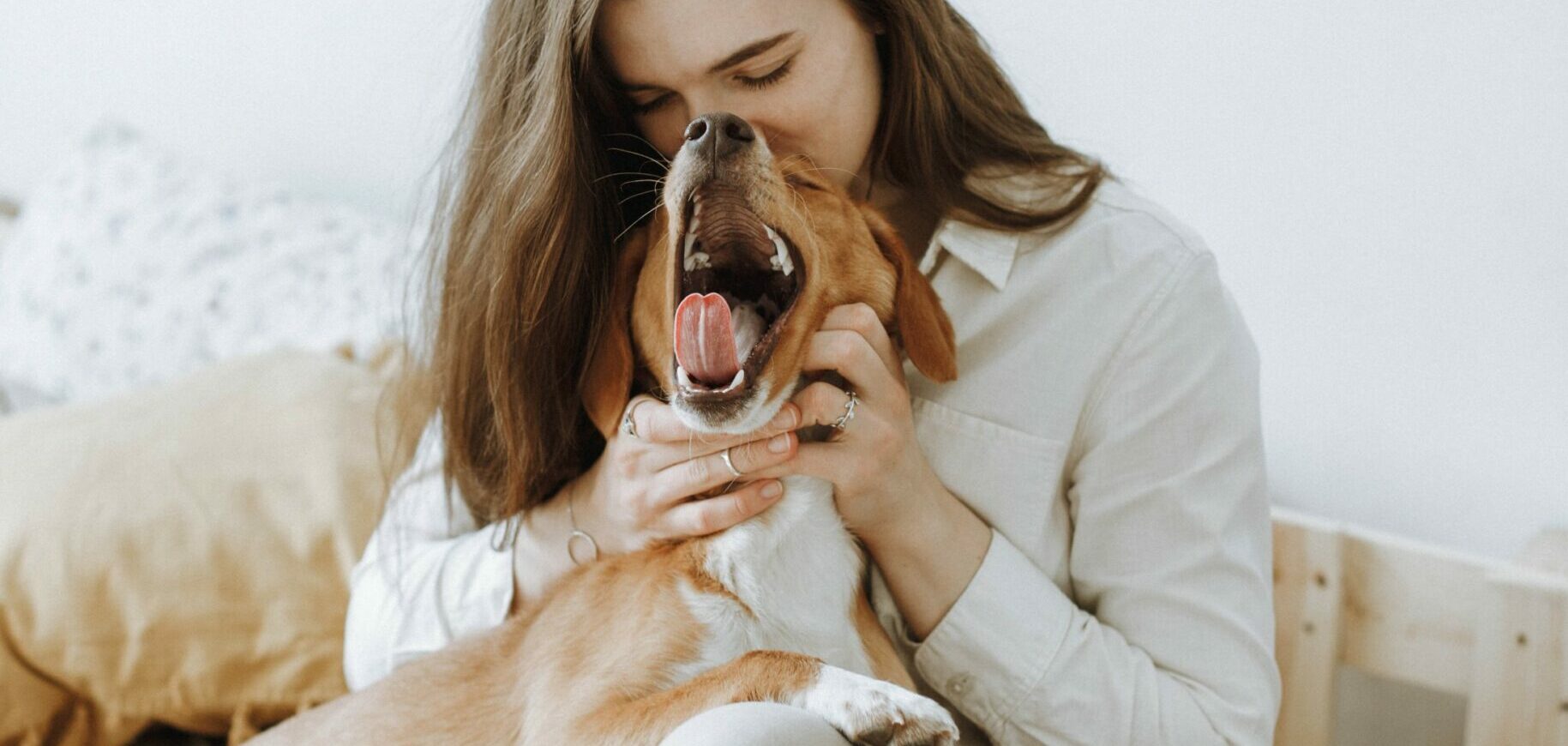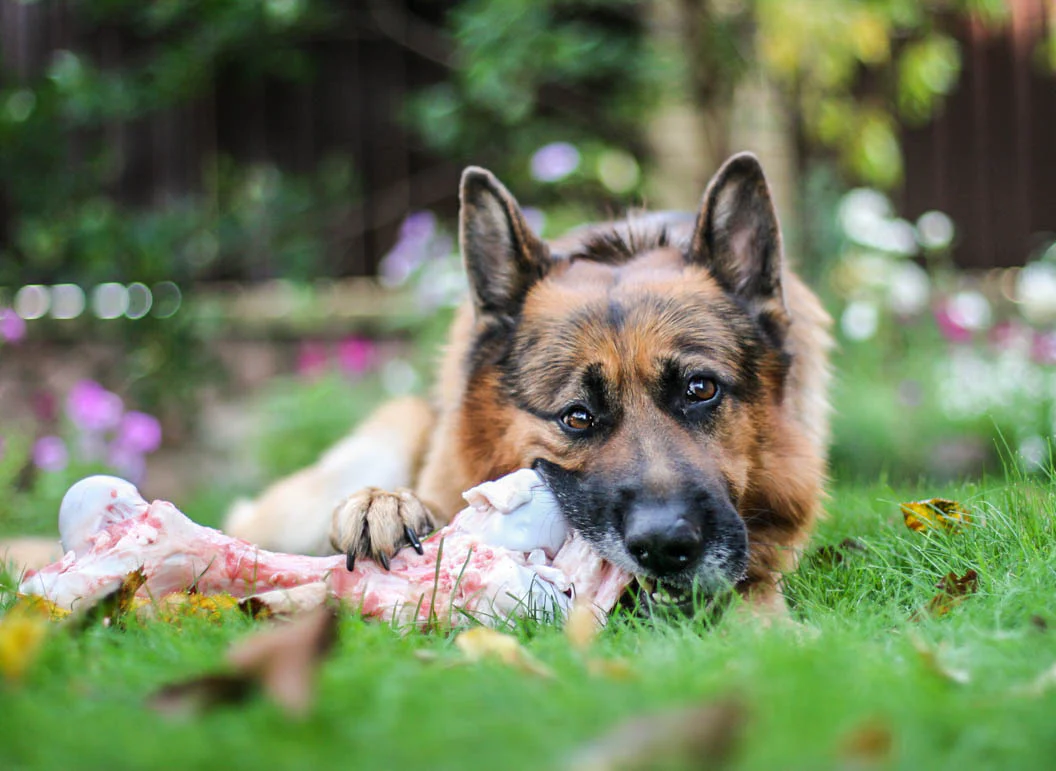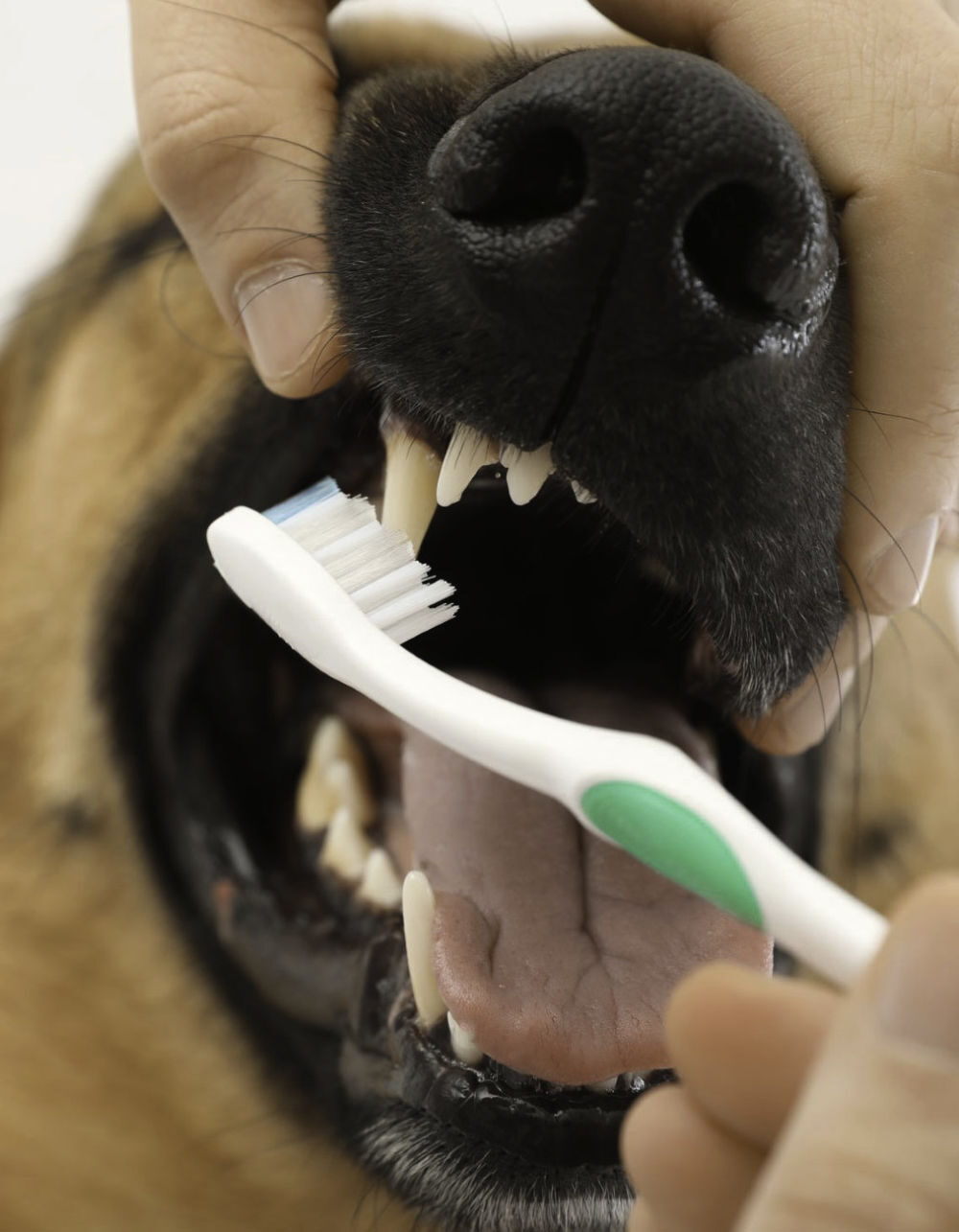Feline Juvenile Gingivitis
Many factors may contribute to the development of oral inflammation in the cat, including diet, oral conformation, immune-mediated diseases, infectious diseases, and specific breed characteristics. Oral inflammatory conditions have been described in the immature feline, including feline juvenile gingivitis, juvenile-onset periodontitis, stomatitis, tooth resorption, or...









